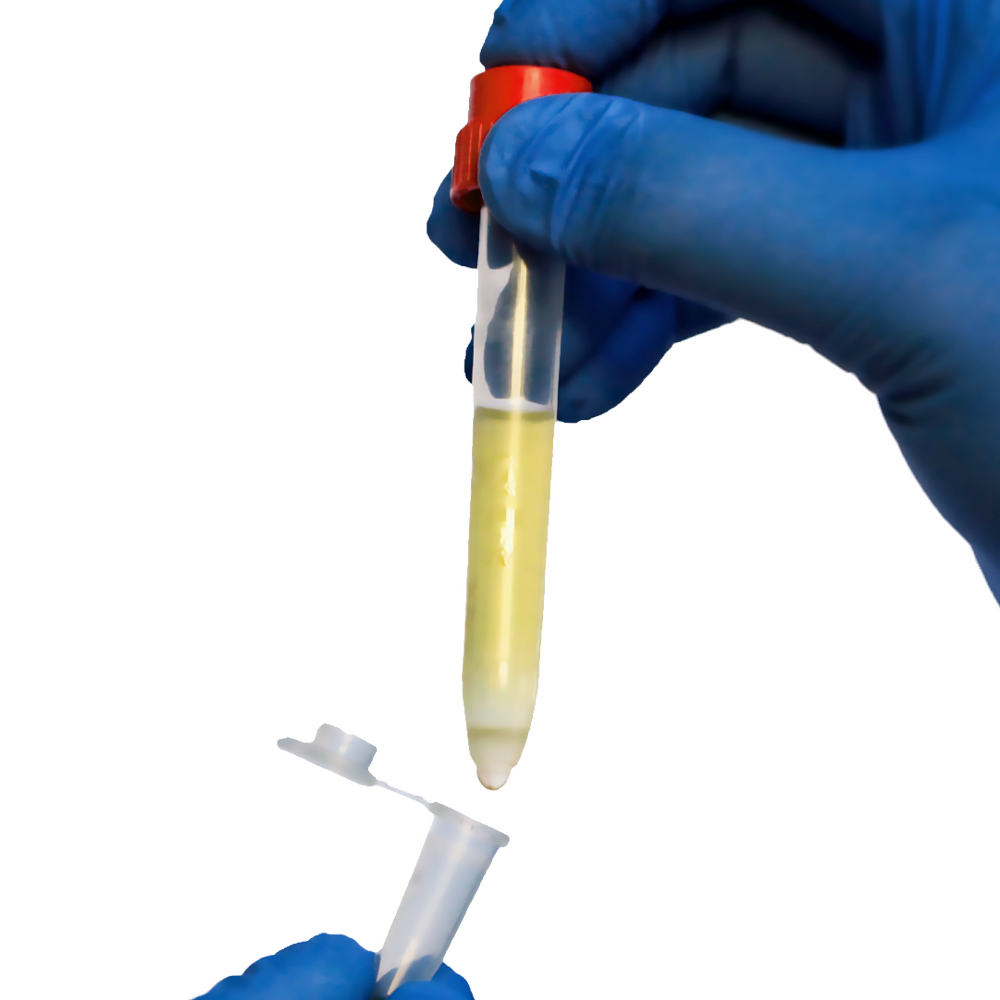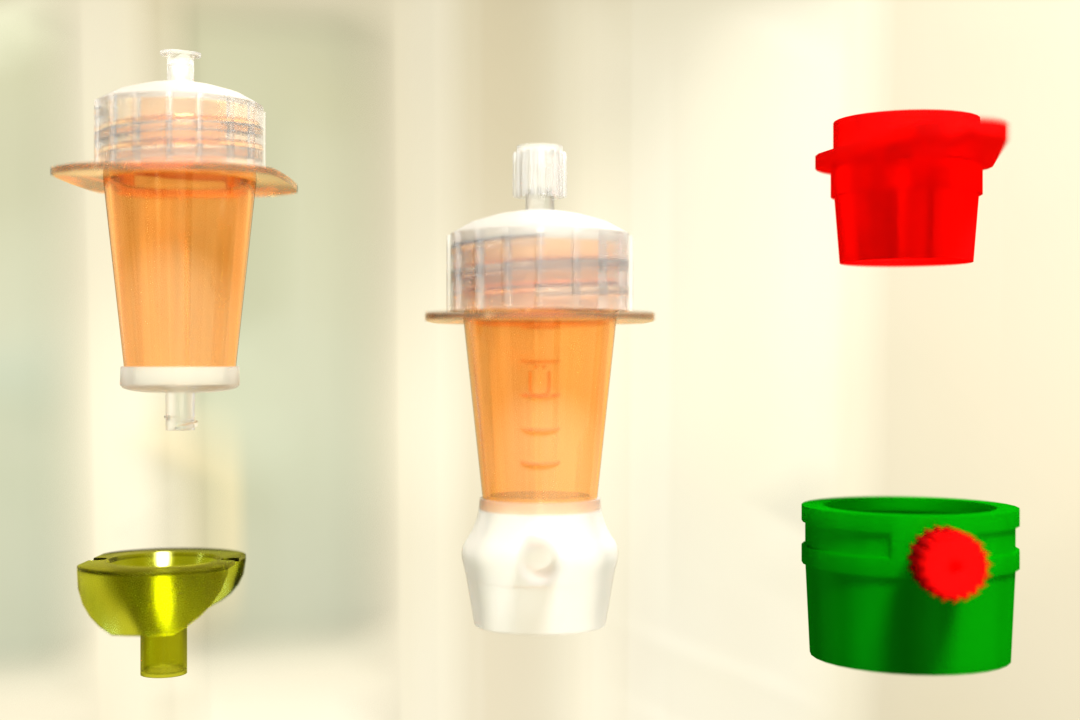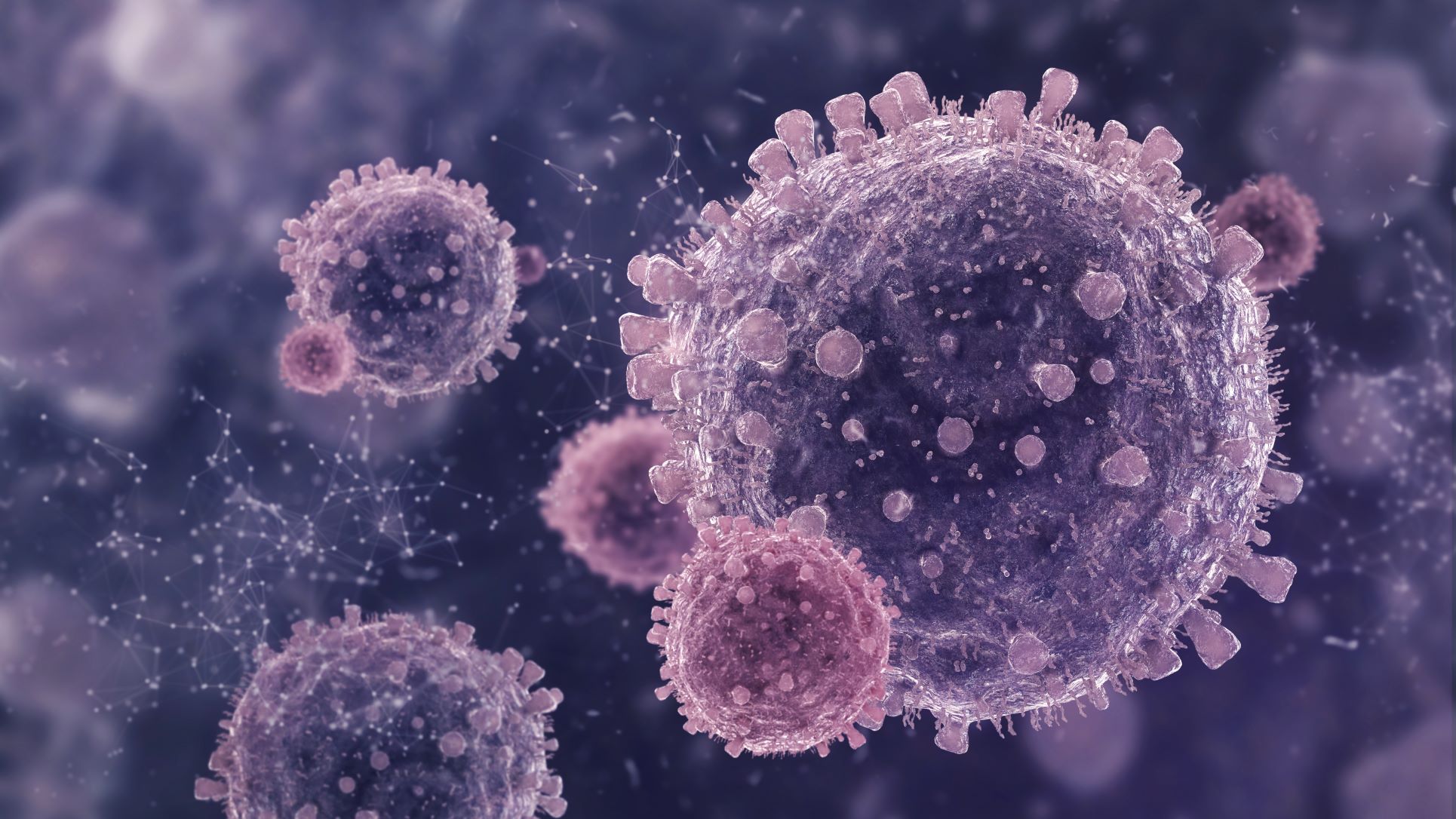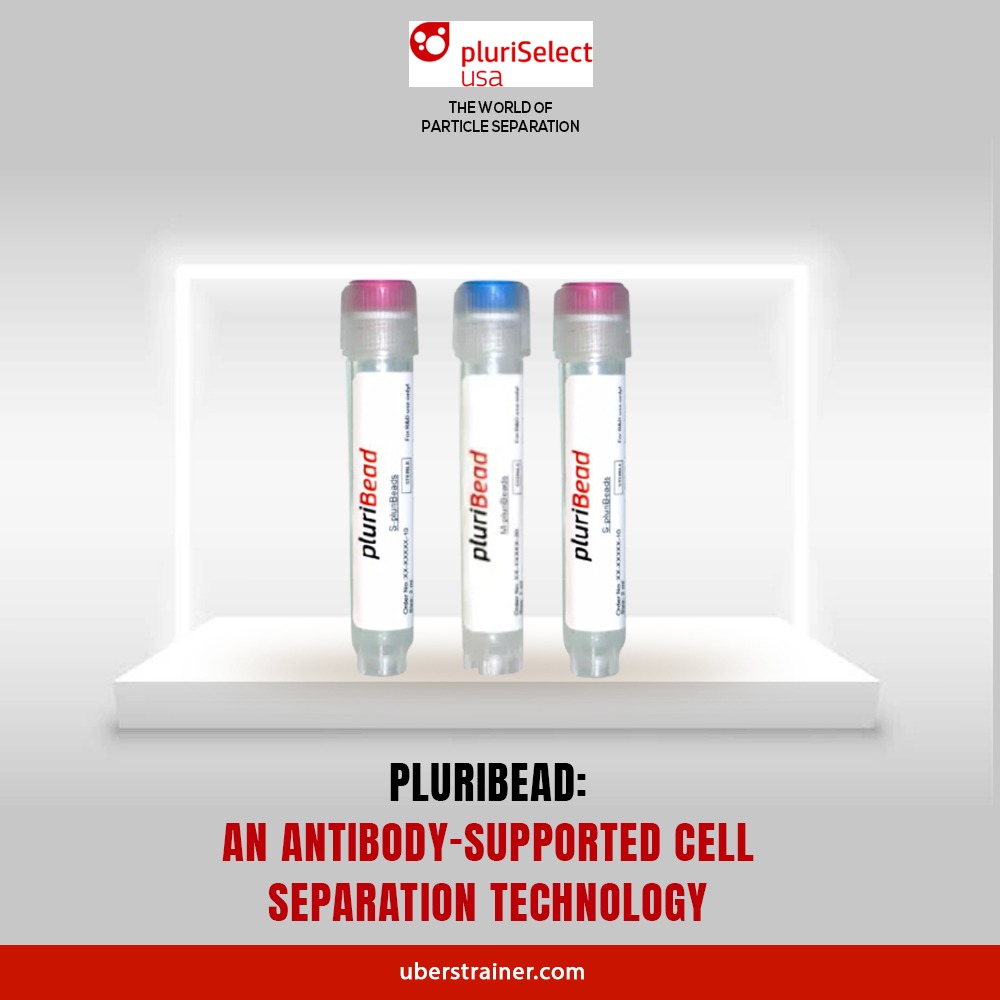Efficient cell enrichment is a cornerstone of modern biological research and clinical diagnostics. Whether isolating rare cell populations for detailed analysis or preparing samples for molecular testing, the accuracy and reliability of the filtration step play a crucial role in overall results. Among the tools designed to enhance this process, Lab Cell Strainers have been widely adopted for their ability to remove unwanted debris and separate cells based on size. These strainers help ensure that only the desired cell populations proceed to further analysis, improving the quality of downstream experiments and diagnostics.
However, when working with small sample volumes—common in clinical trials, research on rare cells, or limited biopsy samples—traditional filtration methods often fall short. Standard strainers are typically designed for larger volumes or require complex handling steps that increase the risk of sample loss and contamination. Manual alignment of mesh filters can be cumbersome, and centrifugation, though commonly used, adds time, cost, and potential stress to delicate cells.
The Pipette-Strainer offers a targeted solution to these issues. Designed to fit seamlessly with standard pipettes, it enables easy, precise step-by-step filtration without the need for centrifugation or elaborate setup. This innovative device supports consistent cell enrichment techniques by providing reliable filtration in small volumes, reducing handling errors, and preserving sample integrity. In this article, we’ll explore why the Pipette-Strainer stands out as a must-have tool in modern cell separation workflows.
The Role of Cell Enrichment Techniques
Cell enrichment techniques are essential in various research fields, from immunology to oncology. These techniques focus on isolating specific cell populations from a heterogeneous mixture, allowing scientists to study target cells in greater detail. The success of these procedures depends largely on sample preparation, where filtration plays a critical role. Without effective filtration, samples can contain debris or unwanted particles that hinder downstream applications like flow cytometry or PCR analysis. This is where specialized devices, such as the Pipette-Strainer, become vital.
Challenges of Small Volume Filtration
Small volume filtration is often tricky. Laboratories working with precious samples, limited patient biopsies, or rare cell populations face challenges such as sample loss, contamination risk, and inconsistent filtration outcomes. Traditional methods—like using stand-alone mesh strainers or centrifugation—can be inefficient or damaging to cells. Centrifugation subjects cells to high forces, which can compromise cell integrity, while manual mesh strainers often require precise handling, increasing the risk of error and contamination.
Introduction to the Pipette-Strainer
The Pipette-Strainer is specifically designed to address these small volume filtration challenges. It features a perforated elastomer top that assembles tightly into the strainer housing, creating an airtight connection. This design enables precise step-by-step handling, minimizing sample loss and contamination risk. There are two versions available: the Pipette-Strainer-T, suitable for standard 1–5 ml pipette tips, and the Pipette-Strainer-S, designed for serological pipettes up to 10 ml.
Enhanced Workflow Efficiency
One of the primary advantages of using a Pipette-Strainer in cell enrichment workflows is improved efficiency. By integrating directly with standard laboratory pipettes, it eliminates the need for multiple transfer steps. This direct connection allows researchers to filter small volumes with precision, avoiding the cumbersome alignment required by traditional mesh strainers. The high friction between the pipette, elastomer aid, and strainer housing provides stability during filtration, preventing accidental spills or sample loss.
Moreover, the airtight design reduces the risk of contamination, a common problem in manual handling methods. Consistent filtration results are crucial in cell enrichment techniques, especially when working with limited or valuable samples. The Pipette-Strainer ensures that each sample is processed under the same conditions, improving reproducibility across experiments.
Supporting Cascade Straining Approaches
In advanced cell enrichment workflows, cascade straining is often employed. This involves sequential filtration steps using different mesh sizes to progressively remove debris and separate cells of varying sizes. The Pipette-Strainer is perfectly suited for such applications due to its versatility and ease of use. Researchers can start with a coarser filter to remove large debris, followed by finer filters to isolate target cells, all without the need for complex setups or additional equipment.
This structured approach is essential for maintaining sample purity and integrity. Unlike conventional Lab Cell Strainers, which often come in fixed mesh sizes and lack modularity, the Pipette-Strainer adapts seamlessly to cascade workflows, enabling a reproducible and efficient filtration process.
Consistent Sample Integrity
Maintaining cell integrity is critical in cell enrichment techniques. Mechanical stress or improper handling during filtration can damage delicate cells, impacting downstream analysis. The Pipette-Strainer’s design minimizes physical stress on cells by allowing gentle, step-by-step pipetting through the strainer. This controlled handling preserves the structural integrity and viability of cells, making it an excellent choice for sensitive applications such as stem cell isolation or rare cell population analysis.
Furthermore, the airtight elastomer top prevents sample evaporation and cross-contamination during processing. This is particularly important in molecular biology applications where sample purity directly affects assay sensitivity and accuracy.
Cost-Effective and Practical Solution
Beyond performance, cost is a significant consideration for laboratories. The Pipette-Strainer offers a cost-effective solution compared to traditional small volume filtration methods. Its durable design and compatibility with standard pipettes eliminate the need for expensive centrifuges or specialized filtration systems.
Additionally, the simplicity of the design reduces training time for laboratory personnel. Unlike conventional mesh strainers that require precise alignment and handling skills, the Pipette-Strainer’s intuitive design makes it accessible to a wide range of users. This results in fewer errors, less training overhead, and higher overall laboratory efficiency.
Integrating Pipette-Strainer with Broader Cell Separation Workflows
The Pipette-Strainer is not just an isolated tool; it integrates well with broader cell separation and cell enrichment techniques. For example, after preliminary filtration, enriched cells can be directly subjected to flow cytometry or magnetic-activated cell sorting (MACS), with minimal risk of residual debris affecting the process.
When combined with other Lab Cell Strainers such as the pluriStrainer Maxi for larger sample volumes, laboratories can establish a comprehensive workflow that handles a wide range of sample sizes and types. This flexibility is crucial for research environments dealing with diverse applications, from environmental sampling to clinical diagnostics.
Common Applications of Pipette-Strainers in Research and Diagnostics
– Rare Cell Isolation
Pipette-Strainers are essential when working with rare cell populations, such as circulating tumor cells or minimal residual disease cells. Their precise filtration allows researchers to remove unwanted debris while preserving even the smallest fractions of target cells. This ensures high-quality samples for downstream analysis, such as sequencing or flow cytometry, where every cell counts.
– Stem Cell Research
In stem cell research, maintaining cell viability is critical. Pipette-Strainers facilitate gentle, size-based separation of stem cells from heterogeneous samples. This reduces mechanical stress and preserves functionality, enabling researchers to culture, differentiate, or transplant stem cells without compromising their integrity. They are particularly useful in experiments that require multiple sequential filtrations or cascade straining.
– Clinical Biopsy Processing
Clinical biopsies often provide limited tissue samples that must be carefully processed into single-cell suspensions. Pipette-Strainers streamline this process, allowing efficient removal of debris and clumps while keeping cells intact. This improves sample quality for molecular testing, histology, or immunophenotyping, ensuring accurate diagnostic outcomes and reducing the risk of sample loss.
– Immunology Studies
Immunology research frequently requires enrichment of specific immune cell types, such as lymphocytes or monocytes. Pipette-Strainers provide controlled, step-by-step filtration, delivering high-purity populations suitable for functional assays, flow cytometry, or cytokine profiling. Their design minimizes contamination risk and ensures reproducibility across experiments, which is critical when evaluating immune responses.
– Small-Scale Molecular Diagnostics
In molecular diagnostics, sample volumes are often limited, making every microliter valuable. Pipette-Strainers enable precise, reproducible filtration of small-volume samples, reducing handling errors and maximizing recovery. This is especially important in personalized medicine applications, where high-quality cells are needed for PCR, sequencing, or other sensitive assays.
Step-by-Step Workflow Using Pipette-Strainers Across Key Applications
Using Pipette-Strainers in a structured workflow ensures efficient small-volume filtration while preserving sample integrity. Here’s how they can be incorporated across different research and diagnostic applications:
1. Prepare the Sample
Collect the sample according to standard protocols, whether it’s a blood draw, tissue biopsy, or cultured cells. Ensure that the sample is kept at the appropriate temperature and in suitable buffer to maintain cell viability.
2. Select the Appropriate Pipette-Strainer Version
For volumes up to 5 ml, use the Pipette-Strainer-T with standard pipette tips. For larger small-volume samples up to 10 ml, the Pipette-Strainer-S designed for serological pipettes is ideal.
3. Attach the Pipette
Fit the pipette securely into the perforated elastomer opening of the Pipette-Strainer. The high-friction surface ensures a stable connection, preventing spills and ensuring precise sample transfer.
4. Step-by-Step Filtration
Slowly pipette the sample through the strainer. For rare cell isolation or stem cell work, use a gentle, controlled motion to avoid mechanical stress. For cascade straining, begin with a coarser mesh to remove debris, then sequentially filter through finer meshes to enrich the target cell population.
5. Collect the Filtered Sample
The filtrate is collected directly into a sterile tube or culture vessel. The airtight seal reduces contamination risk, making the sample immediately suitable for downstream applications such as flow cytometry, PCR, or cell culture.
6. Repeat or Combine with Other Lab Cell Strainers
For workflows requiring larger volumes or additional purification, filtered samples can be further processed with complementary strainers such as the pluriStrainer Maxi or Mini-Strainers. This integrated approach ensures consistent results across different sample types and volumes.
7. Downstream Application
The enriched and debris-free cells are ready for analysis. This streamlined workflow preserves cell viability, maximizes recovery, and supports reproducible outcomes, making it suitable for immunology studies, clinical diagnostics, and molecular assays.
The Role of Pipette-Strainers in Reducing Sample Loss
In small-volume filtration, every microliter counts. Traditional filtration methods, such as manual mesh strainers or multiple transfer steps, often expose samples to risks that can compromise their integrity. Evaporation can occur when samples are left exposed during handling, particularly with very small volumes. Spillage is another common issue, especially when aligning delicate meshes over tubes or attempting to pour viscous samples. Over-handling, including repeated transfers or centrifugation, increases the likelihood of losing precious cells and can also damage fragile populations, affecting downstream analyses.
Pipette-Strainers address these challenges through a purpose-built design. The perforated elastomer top forms an airtight seal with the strainer housing, which minimizes exposure to air and reduces evaporation. The high-friction connection between the pipette and the strainer ensures stable, controlled handling, preventing accidental spills. Step-by-step filtration through the strainer allows precise sample transfer without repeated manipulations.
Additionally, by eliminating the need for centrifugation in many small-volume applications, Pipette-Strainers reduce mechanical stress on cells and prevent losses that often occur during pellet resuspension or decanting. This careful preservation of sample volume and integrity is critical in workflows that involve rare or limited cells, small biopsies, or high-value research samples. Overall, Pipette-Strainers provide a reliable way to maximize cell recovery while minimizing sample loss, ensuring reproducible and high-quality results.
Final Thoughts
As research and clinical laboratories strive for higher efficiency, reproducibility, and precision, the tools used for sample preparation play a critical role in determining the success of experiments and analyses. Small volume filtration, in particular, presents unique challenges, ranging from sample loss and contamination to inconsistent results with traditional methods. The Pipette-Strainer addresses these issues directly, offering a solution that is both practical and reliable.
Designed to integrate seamlessly with standard pipettes, the Pipette-Strainer enables step-by-step filtration that reduces handling errors and preserves cell integrity. Its airtight elastomer seal minimizes evaporation and contamination, while the high-friction connection ensures controlled sample transfer without spills. This makes it especially useful in workflows involving rare or limited samples, where maintaining every microliter counts.
Beyond preserving sample quality, the Pipette-Strainer also improves workflow efficiency. By eliminating the need for centrifugation or complex handling steps, it reduces processing time, lowers equipment requirements, and simplifies training for laboratory personnel. Its compatibility with cascade straining and other Lab Cell Strainer further enhances versatility, supporting consistent and reproducible cell enrichment techniques.
For research and clinical laboratories aiming to optimize processes, reduce costs, and maintain high sample integrity, the Pipette-Strainer is more than just a tool, it is a practical investment that delivers measurable benefits, making it one of the best Lab Cell Strainers for small volume filtration applications.
 English
English French
French
 German
German
 Spanish
Spanish
 Belgium
Belgium
 Italian
Italian Brazil
Brazil Chinese Mandarin
Chinese Mandarin




